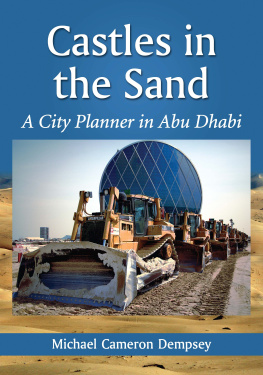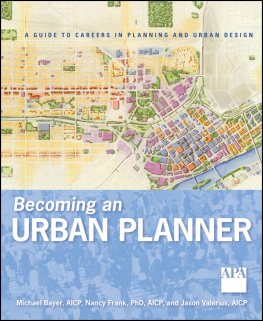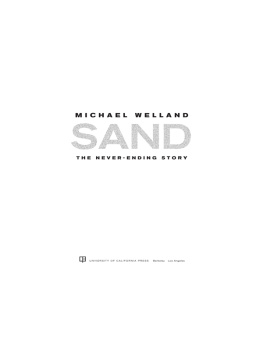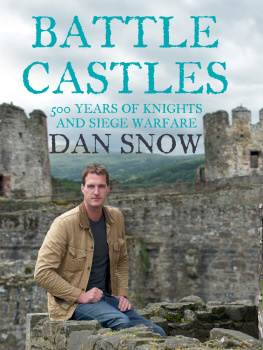
Castles in the Sand
A City Planner in Abu Dhabi
Michael Cameron Dempsey

McFarland & Company, Inc., Publishers
Jefferson, North Carolina
LIBRARY OF CONGRESS CATALOGUING DATA ARE AVAILABLE
BRITISH LIBRARY CATALOGUING DATA ARE AVAILABLE
e-ISBN: 978-1-4766-1319-2
2014 Estate of Michael Cameron Dempsey. All rights reserved
No part of this book may be reproduced or transmitted in any form or by any means, electronic or mechanical, including photocopying or recording, or by any information storage and retrieval system, without permission in writing from the publisher.
On the cover: Bulldozers lined up in front of Aldars HQ headquarters at Raha Beach (courtesy Curt Bidinger); background image: Sand dunes along the edge of the Empty Quarter near Liwa (Michael Dempsey)
McFarland & Company, Inc., Publishers
Box 611, Jefferson, North Carolina 28640
www.mcfarlandpub.com
To my family
for all of their love, encouragement, and support
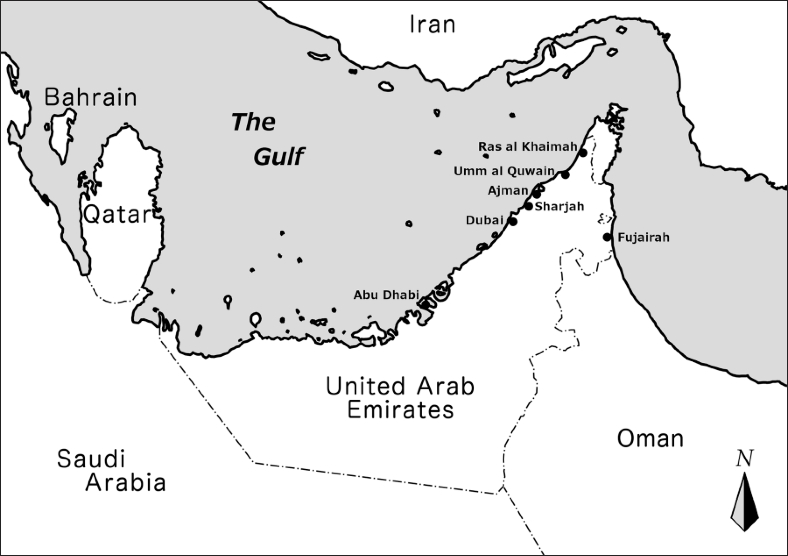
The UAE and its constituent emirates.
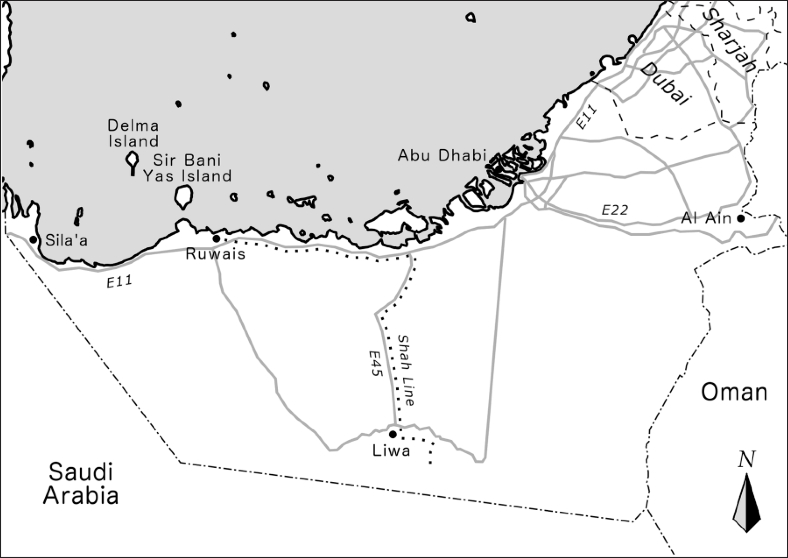
The emirate of Abu Dhabi, including major settlements and roads.
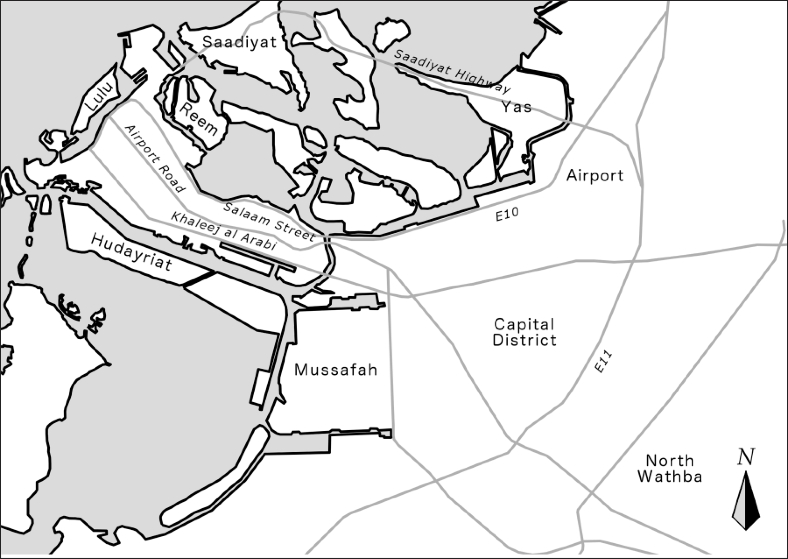
Metropolitan Abu Dhabi, including major islands, roads, and features.
Preface
This book is not, in the strictest sense, a work of nonfiction. Some of the characters in these pages are composites, and I have changed just about everyones name for the sake of privacy. Though I have tried to recount conversations as best as I can recall them, I may have occasionally put words in others mouths. I could very well be charged with having embellished or rearranged the order of certain events, to which my only defense is that the passage of time tends to make my memories more colorful.
No single book can claim to paint a comprehensive picture of a city and its people, and I have not attempted such a feat here. Rather, I have tried to give readers a snapshot of Abu Dhabi at a unique and critical juncture. I was privileged to spend just over two years in the city, two years that coincided with the frenzied peak of its transformative boom. I hope my faltering words convey a sense of that fascinating, tumultuous moment in Abu Dhabis history. Although I have mused at length on Abu Dhabis people, I am not an anthropologist, and this is not a formal study of their culture. All mistakes in its interpretation are mine alone.
In light of these disclaimers, why should you bother to read this book? For starters, Abu Dhabi is one of the most important places youve probably never been to. This obscure Middle Eastern principality controls one-tenth of the worlds oil. It has been called the richest city on Earth, and for good reason: its citizens are worth about seventeen million dollars each. Its stupendously wealthy state investment funds have spent the last decade quietly combing the globe, buying stakes in everything from international banking conglomerates to New York real estate to the Italian supercar manufacturer Ferrari. Abu Dhabis ongoing experiment in city-building, in addition to being a captivating story in its own right, has profound implications for our increasingly urbanized planet. To my knowledge, no one else has yet attempted to tell that story in narrative form.
Although I intended this to be a contemporary account, I also wanted to let some time pass in order to see how things in Abu Dhabi panned out, so the events recorded herein are already a few years old as of publication. Nevertheless, I believe that the reader will find much that is still true of Abu Dhabi. I hope this modest work might thus serve as a sufficiently broad introduction for the visitor or new arrival to Abu Dhabithe kind of introduction I wish had been available when I first landed in the emirate. For those readers who have not set foot in Abu Dhabi, I would be honored were this book to succeed in convincing you to pay the emirate a visit and witness for yourselves the remarkable changes taking place there.
Prologue
The desert of southern Iraq at midday was an oven. I sat beneath a canvas shade on the stoop of my trailer and watched the mercury in the thermometer climb skyward. The scenery around me was bleak. A row of trailers identical to mine stretched off to one side; a cluster of armored vehicles resembling ice cream trucks from a nightmare were on the other. A layer of thick gravel was strewn across the sand, and a palisade of concrete blast walls hemmed everything in. That was allno grass, no plants, no colors besides the monotonous beige and gray.
For nearly a year I had called this austere military base home while working as a civilian advisor to a joint American-Iraqi reconstruction team. Now, in early 2009, I was contemplating leaving. I had just been offered a job in Abu Dhabi, an even more remote corner of the Middle East. The little-known principality at the foot of the Arabian Gulf had gone on a building spree, raising skyscrapers and laying down infrastructure in an effort to reinvent itself as an international hub of business and tourism. I had been asked to join the Urban Planning Council, the new government agency in charge of coordinating all the activity. For a city planner like me, it was the opportunity of a lifetime.
My brief career in city-building thus far had been a fluke. Nearly a decade before, I had studied computer science as an undergraduate in my home state of Michigan. By the time I realized I didnt care to toil away the rest of my evenings and weekends in monitor-filled dungeons, it was too late to change majors. So I followed the time-honored tradition of seeking a do-over in graduate school. The university happened to offer a masters program in the arcane field of urban planning, in which I enrolled. Cities had long fascinated me, with their energy, their intricacy, and their juxtaposition of order and chaos. I grew up in the suburbs of Detroit, and my interest was stoked by witnessing that citys postindustrial plight and learning the history of its rise, decline, and repeated attempts at renewal. A career devoted to the shaping of cities, arguably mankinds most complex creations, seemed promising. If nothing else, I figured it would beat a life spent hunting for syntax errors.
Upon finishing graduate school I absconded to Germany, where I began a yearlong postgraduate fellowship studying that nations particular flavor of urbanism by working at a series of planning agencies. I discovered that the Germanic ardor for order has had a profound impact on the countrys settlements, whose development is as tightly controlled as the operation of their ubiquitous public transport systems. German cities are tidy, predictable, seldom beautiful but seldom ugly, and essentially harmless. Much like the Germans themselves.
At the conclusion of my year overseas I returned home with hopes of applying my fledgling skills to Detroits revitalization. I joined the citys leading development agency at a particularly auspicious time. It had just been charged with transforming a huge swath of the citys waterfront, encompassing more than three hundred acres of former industrial land along the Detroit River, into a new mixed-use district. For the next four years I partook in just about every activity on the redevelopment continuum, from creating a new master plan for the district, to demolishing dilapidated factories and pulling industrial sludge out of the ground, to supervising the design and construction of new infrastructure, and finally to negotiating with developers to fill the district with new real estate. After more than three decades of grand ideas and false starts, Detroits riverfront was being reborn.
Next page
